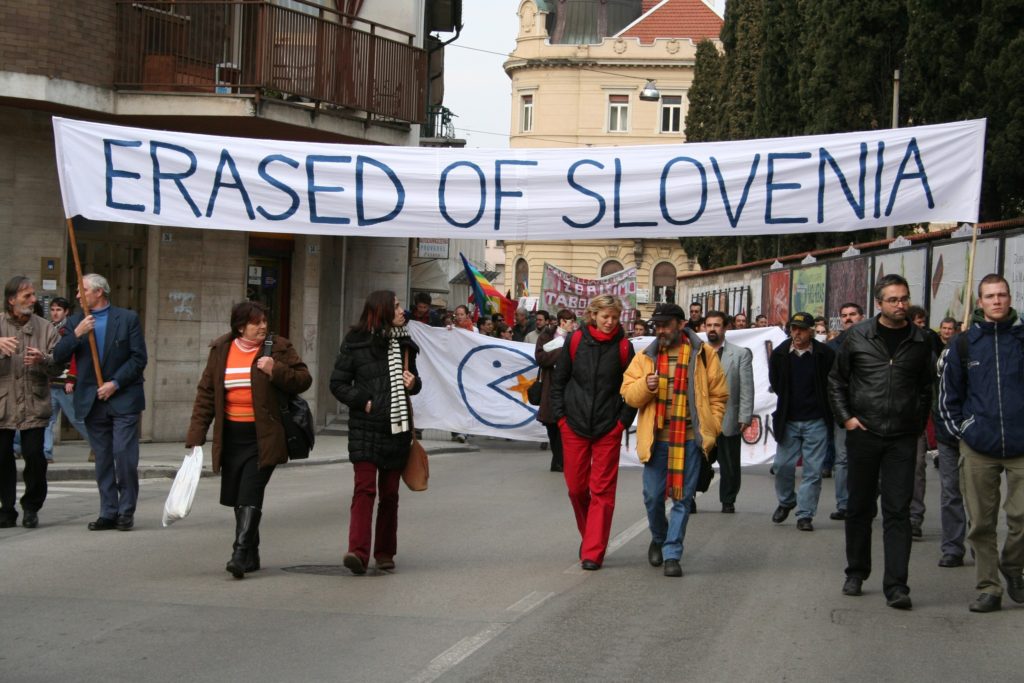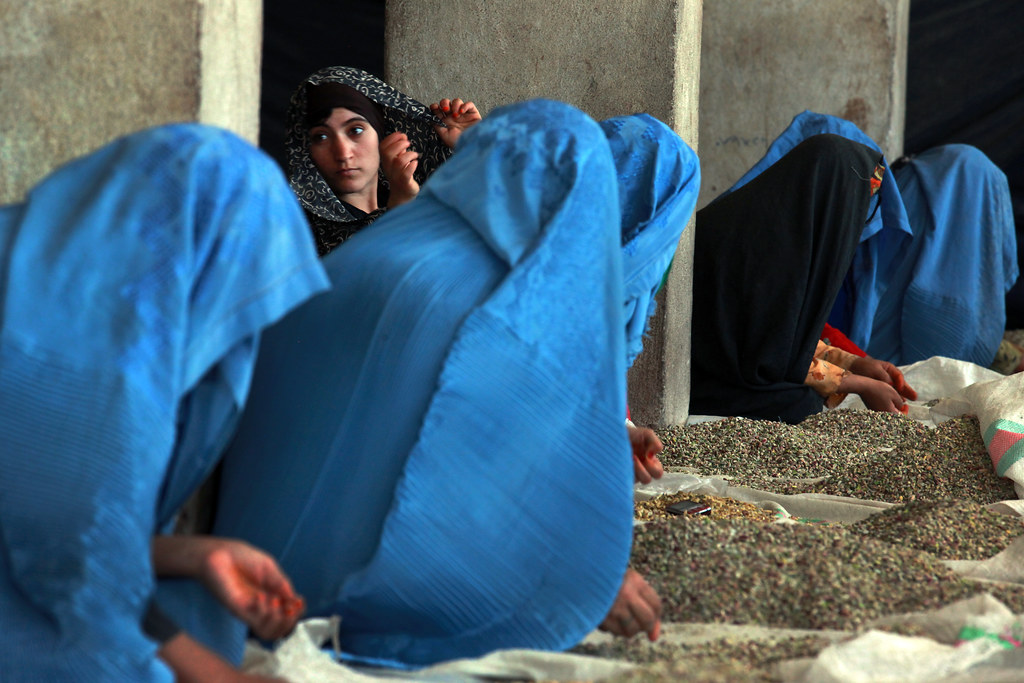The 30th Anniversary of the Erasure from the Slovenian Register of Permanent Residents

Blog Editor’s Note
By Barbara Gornik, Science and Research Centre Koper
On June 25th, 1991, Slovenia formally declared its independence and adopted legislation related to internal affairs, citizenship, and sovereignty. Article 40 of the Citizenship Act (1991) provided that citizens of other republics of former Yugoslavia could acquire Slovenian citizenship if they met three requirements: they had acquired permanent resident status in Slovenia by December 23rd, 1990; they were actually residing in Slovenia; and they had applied for citizenship within six months of the Citizenship Act entering into force. According to the official data, approximately 171,000 out of 200,000 citizens of the other republics of former Yugoslavia were granted citizenship under Article 40 of the Citizenship Act (Zorn, 2009).
Continue reading

